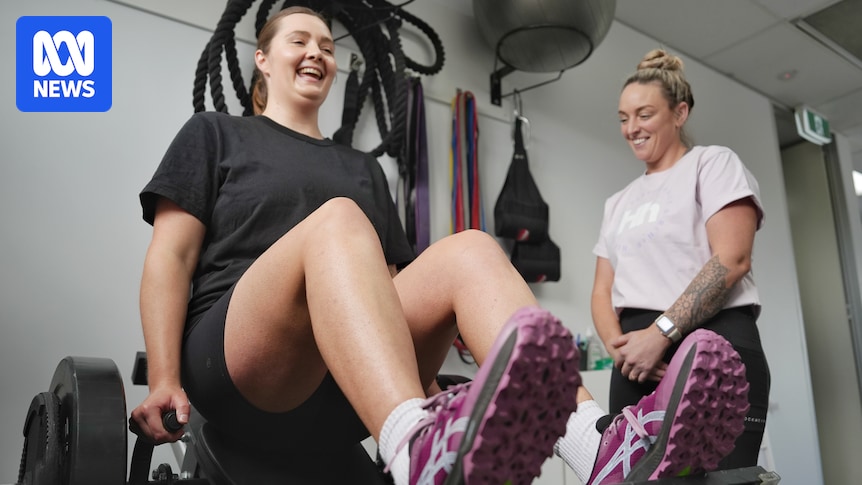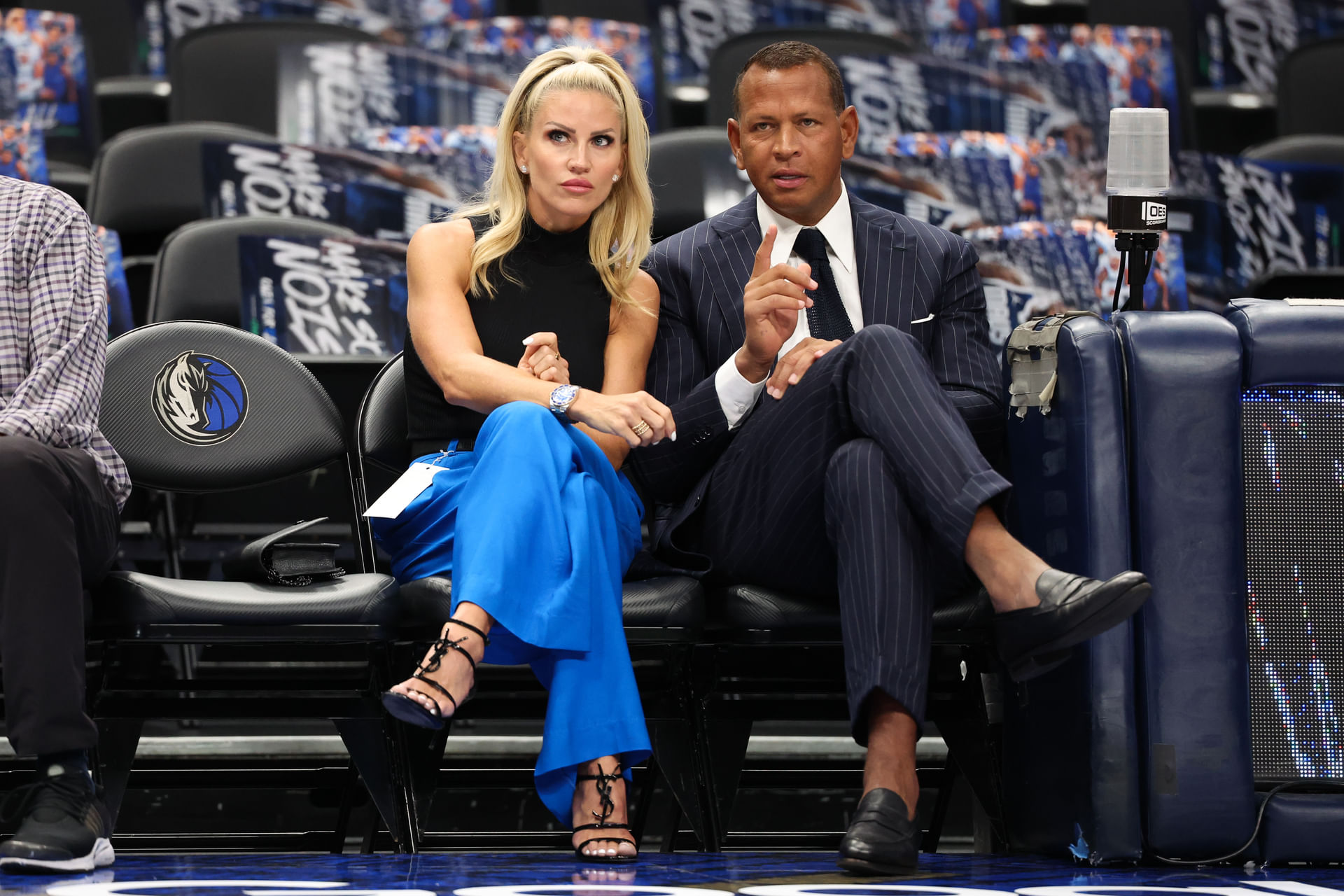Anna Awburn was your typical, sporty 14-year-old when exercise suddenly started to bring on extreme pain in her head.
“Being a pretty sporty kid with sporty friends at a sporty school, I was doing rowing, swimming, netball, basketball and I basically just had to say goodbye to all of that,” Ms Awburn said.
“After swimming training, I’d just have this blinding pressure in my head … playing netball became impossible, because I’d be on court and starting to lose my vision.
“It was a pretty sad time to have to stop all those things.“
After a series of tests — which ruled out family history of brain tumour — Ms Awburn was eventually diagnosed with chronic persistent daily headaches, a form of chronic migraine.
Like many people who live with migraine, exercise often brings on an attack for Ms Awburn, some 15-years after she first experienced it.
“Exercising is really hard, especially when I was in my early 20s, I was having up to 25 attacks a month, and I was basically bed bound, like couldn’t really do anything,” Ms Awburn said.
“Some days I could go for a nice walk and be fine afterwards or I could be bed bound for the next two or three days, you just never really know.
“If you’ve got a busy schedule, you run your business like it does make it hard to toe the line, and it’s such a double-edged sword, because you don’t want to overdo it, which is really hard.“
Exercise a ‘double-edged sword’ for people living with migraine
Studies show exercise can be prescribed as a non-medical treatment that could decrease attack frequency, intensity and duration. (ABC News: Luke Stephenson)
For many people who live with migraine — like Ms Awburn — exercise has been reported as a trigger for attacks, despite limited research to back up the reports.
One study by the Journal of Headache and Pain found 38 per cent of participants reported exercise as a trigger for attacks.
56 per cent of those participants reported the attack began during exercise, while others reported an attack started on average more than two hours after exercise had stopped.
But on the other hand, studies also show that exercise can be prescribed as a non-medical treatment that could decrease pain frequency and might improve intensity and attack duration.
Accredited exercise physiologist Emily Cordes — who also lives with chronic migraine — has first-hand experience.
“For the first year or so of living with chronic migraine, I, personally, couldn’t really exercise without triggering an attack, and I would find all sorts of different things would trigger attacks,” Ms Cordes said.
“It just felt like, yeah, it was a bit of a nightmare, to be honest.”
Now, Ms Cordes works with a “huge number” of people who live with migraine, and she said it’s a complicated relationship.
“Even if you feel like exercise is a trigger for your migraine attacks, it might not be the whole story,” Ms Cordes said.
“It could be that they’re exercising in the sunshine and the heat is bringing one on, or they’re dehydrated when they’re working out, or perhaps they haven’t eaten recently, and their glucose levels drop as they’re exercising.
“I mean exercise also can just improve people’s sleep, which can help with migraine, improve their mental health, their stress levels.“
Trial and error
Accredited exercise physiologist Emily Cordes also lives with chronic migraine. (ABC News: Shauna Foley )
While medical research into migraine has improved recently, it is still limited and the way each person experiences an attack can vary greatly.
In her personal experience, Ms Cordes said exercising can sometimes abort an attack but it’s best to trial what works for each individual.
“When I’m working with a client who has migraine, I tend to say, if your pain is around that level five out of 10, you might want to try going for a walk and just experiment,” she said.
“If the pain is already beyond a five out of 10, you’re better off resting and doing it on a day where you don’t have any of your migraine symptoms present.
“Don’t rush this … exercise should also be fun, so, trying to find ways that you can do things that are enjoyable to you, and starting small and building slowly.”
As for Ms Awburn, she can already see a difference since working with an exercise physiologist in Canberra last year.
“Touch wood, but I think I haven’t had as many attacks since starting this program with Haley [exercise physiologist], so I definitely am noticing more strength in my upper back and neck,” Ms Awburn said.
“I’m feeling stronger already, so I’m quite hopeful for, you know, in a year or two years’ time, hopefully I don’t get any migraine attacks.“




